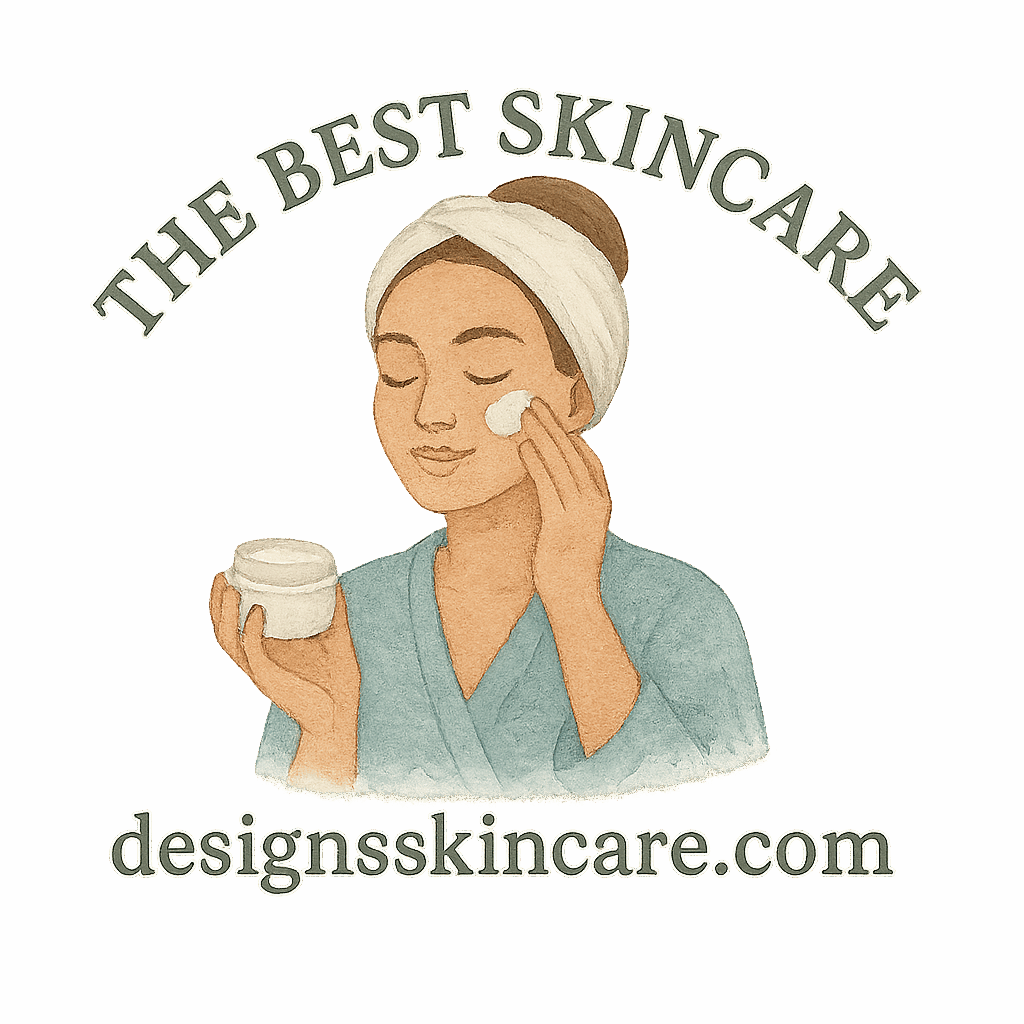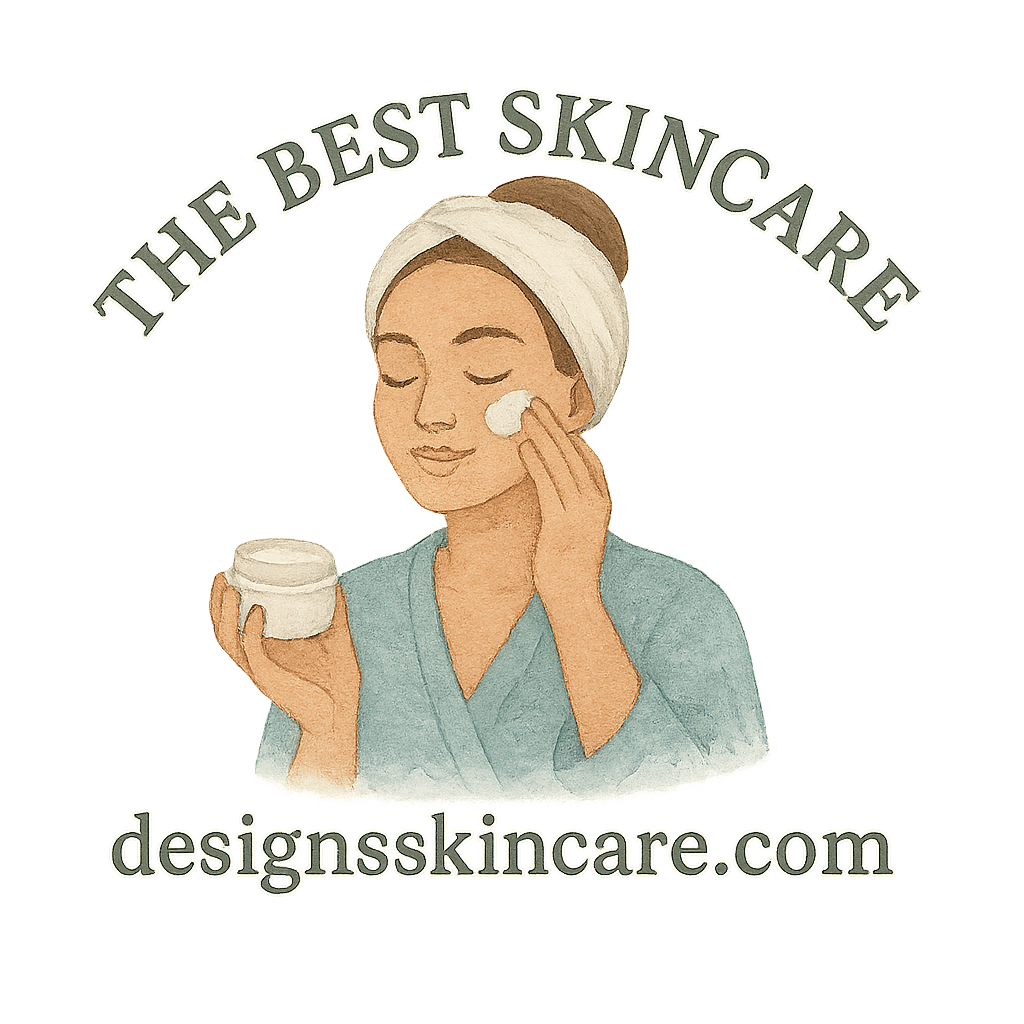In today’s fast-paced world, the skincare industry is flooded with countless products promising the perfect complexion. But what if you could achieve flawless skin with a more streamlined approach? A minimalist skincare routine may be just what you need. In this guide, we’ll break down 9 easy steps to help you build a minimalist skincare routine that suits your skin’s unique needs. Ready to simplify your skincare? Let’s dive in!
What is Minimalist Skincare?
Minimalist skincare focuses on simplifying your routine by using only the essentials. Instead of layering on multiple products, you use a select few that address your skin’s core needs. The goal is to avoid over-complicating things, which can lead to irritation, product buildup, or unnecessary spending. Minimalism also emphasizes quality over quantity, ensuring that each product you use is effective and necessary.
Why Choose a Minimalist Skincare Routine?
A minimalist skincare routine isn’t just trendy; it’s practical. Overloading your skin with too many products can actually do more harm than good. By sticking to a few key steps, you’ll allow your skin to breathe and naturally restore balance.
The benefits of a minimalist skincare routine include:
- Reduced irritation from fewer active ingredients.
- More affordable products as you’re investing in fewer, higher-quality items.
- Less time-consuming, making it easier to stick to your routine.
It’s time to embrace a more efficient way of skincare that works for both your skin and your wallet.
Step 1: Assess Your Skin’s Needs
Before diving into your minimalist skincare routine, the first step is to understand your skin. Do you have oily, dry, combination, or sensitive skin? Are you dealing with acne, hyperpigmentation, or dryness? Knowing your skin type and specific concerns will guide your product choices.
How to Identify Your Skin Type?
To determine your skin type, start with a simple test: wash your face with a gentle cleanser, then wait for about an hour without applying any skincare products. Here’s how your skin should feel after:
- Dry skin will feel tight and possibly flakey.
- Oily skin will feel greasy, especially in the T-zone (forehead, nose, and chin).
- Combination skin will have both oily and dry areas.
- Sensitive skin will feel irritated, red, or burn easily.
Once you identify your skin type, you can choose products that cater specifically to your skin’s needs.
Common Skin Concerns to Address
Skin concerns vary from acne to pigmentation, so it’s essential to tailor your routine accordingly. Whether you’re struggling with dry skin, acne, or the effects of aging, a minimalist approach ensures that you’re using only what your skin truly needs.
If you’re interested in skincare for dry skin or want to address specific acne issues, it’s best to focus on simple products that target these concerns without overwhelming your skin.
Step 2: Cleanse with a Simple Cleanser
Cleansing is the cornerstone of any skincare routine. The right cleanser removes dirt, oil, and impurities without stripping your skin of its natural oils. When building a minimalist skincare routine, opt for a gentle yet effective cleanser that suits your skin type.
Choosing the Right Cleanser for Your Skin Type
- For dry skin: Choose a hydrating cleanser with nourishing ingredients like glycerin or hyaluronic acid.
- For oily skin: A gel cleanser works well to remove excess oil without causing dryness.
- For sensitive skin: Look for fragrance-free cleansers that are free from harsh chemicals to avoid irritation.
Make sure to cleanse your face twice daily—once in the morning and once before bed—to keep your skin clear and refreshed.
Step 3: Tone with an Alcohol-Free Toner
Toners are designed to balance your skin’s pH after cleansing. A good toner can also provide extra hydration and prepare your skin for the next steps in your routine. Opt for an alcohol-free toner to avoid unnecessary dryness or irritation.
What Does a Toner Do for Your Skin?
- Restores the skin’s pH balance.
- Adds an additional layer of hydration.
- Helps refine pores and can even soothe irritation.
If you have sensitive skin, go for a toner with soothing ingredients like rose water or chamomile.
The Best Toners for Sensitive Skin
If your skin is prone to irritation, opt for a hydrating toner or one with calming ingredients such as aloe vera or cucumber.

Step 4: Use a Lightweight Moisturizer
Regardless of your skin type, moisturizing is crucial. A minimalist skincare routine calls for a lightweight moisturizer that hydrates without being heavy. Choose one that suits your skin’s specific needs, whether it’s hydration for dry skin or oil control for oily skin.
Why Lightweight Moisturizers Are Ideal
Instead of using thick, heavy creams, a lightweight moisturizer works to keep your skin hydrated without clogging your pores. For oily or combination skin, gel-based moisturizers are an excellent choice, while dry skin may benefit from richer creams.
Gel vs Cream Moisturizers
- Gel moisturizers absorb quickly and leave a refreshing finish, perfect for oily or combination skin.
- Cream moisturizers are thicker and offer more hydration, ideal for dry skin.
Step 5: Incorporate a Broad-Spectrum Sunscreen
Sunscreen is a non-negotiable step in any skincare routine. The sun’s harmful UV rays can cause premature aging, dark spots, and even skin cancer. It’s important to choose a broad-spectrum sunscreen that protects against both UVA and UVB rays.
Sunscreen: The Non-Negotiable Step
Apply sunscreen every day, even if you’re indoors. Sunscreen not only protects your skin from harmful UV rays but also helps prevent premature aging and pigmentation.
Choosing the Right Sunscreen for Your Skin
- For dry skin: Go for sunscreens that offer added moisture, such as those containing hyaluronic acid or ceramides.
- For oily skin: Use oil-free sunscreens with a matte finish to avoid excess shine.
Step 6: Choose One Targeted Treatment (Optional)
If you have specific skin concerns such as acne, pigmentation, or fine lines, you might want to incorporate a targeted treatment. This could be a serum or spot treatment that addresses a particular issue without overloading your skin with unnecessary ingredients.
When Should You Use a Serum?
A serum is a concentrated treatment designed to target specific concerns like acne, hyperpigmentation, or aging. If you have dry skin, look for hydrating serums with ingredients like vitamin C or hyaluronic acid.
Step 7: Stick to a Consistent Routine
Consistency is key when it comes to skincare. To see the best results, follow your minimalist routine every day without skipping steps. Consistency helps your skin build a protective barrier and improves overall texture.
How Often Should You Apply Skincare?
Stick to a morning and evening routine for best results. In the morning, focus on hydration and sun protection, while your nighttime routine can include cleansing, toning, and moisturizing.
Step 8: Listen to Your Skin and Adjust
Your skin’s needs may change with the seasons, diet, or stress levels. It’s important to listen to your skin and make adjustments when necessary. If you find that a product is irritating your skin, consider switching to something gentler.
How to Know If Your Routine is Working
Healthy, glowing skin should feel smooth, hydrated, and balanced. If your skin starts to feel irritated or you notice breakouts, it might be time to rethink your routine and choose products better suited for your needs.
Step 9: Keep It Simple and Enjoy the Process
At the end of the day, skincare should be an enjoyable and self-care experience. A minimalist routine allows you to spend less time in front of the mirror and more time enjoying life. Keep it simple and see how much your skin can thrive with fewer products.
Conclusion
Building a minimalist skincare routine doesn’t mean you’re sacrificing results—it’s about focusing on the essentials that deliver the best outcomes for your skin. By assessing your skin’s needs, choosing the right products, and sticking to a consistent routine, you can achieve healthy, glowing skin with fewer products. Remember, when it comes to skincare, sometimes less is more!
FAQs
1. Can I use a minimalist skincare routine if I have acne?
Yes! By focusing on gentle products and incorporating targeted treatments like acne serums, you can treat acne without overwhelming your skin.
2. How do I know if my skin is reacting poorly to a product?
Signs of a poor reaction include redness, irritation, or breakouts. If you notice these, discontinue use and try a gentler formula.
3. Can I skip toner in a minimalist routine?
While toner is optional, it can provide extra hydration and prepare your skin for moisturizer. If your skin is dry, consider using a hydrating toner.
4. How often should I reapply sunscreen?
Reapply sunscreen every two hours if you’re outside or sweating, and more frequently if you’re swimming.
5. Can I combine a minimalist skincare routine with other beauty treatments?
Absolutely! Just make sure not to overdo it with too many active ingredients in one go. For example, avoid using harsh exfoliants every day.
6. Is it okay to use the same moisturizer day and night?
Yes, you can use the same moisturizer for both day and night unless your skin is particularly dry at night, in which case, use a richer product for added hydration.
7. How long will it take to see results from my minimalist skincare routine?
It generally takes 2-4 weeks to see noticeable improvements, but everyone’s skin is different, so be patient and consistent with your routine.


